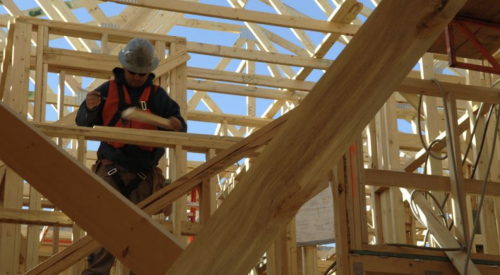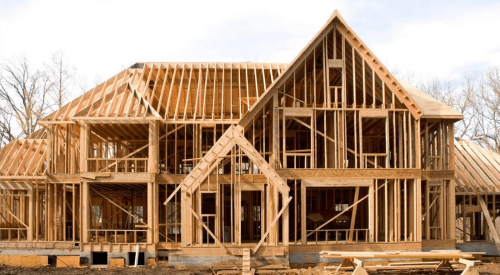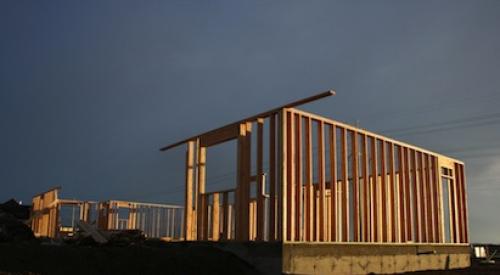Headers, headers everywhere! Nearly every builder I have ever worked with (regardless of geography) initially had far too many headers and/or headers that were way oversized in their homes.
Code requirements are typically 250 percent over failure, so designing above code is typically a waste. An exception is that there are pocket markets where customers require joist design a bit above code to avoid perceived floor deflection or bounce.
It’s easy to do a quick check.
Do a field walk during framing:
- If a header is running parallel with the joists above (in the case of a two story) it is suspect and may not be required.
- If a header is running parallel with a truss or rafter system it is also suspect and should be reviewed.
- Look at your plans. If a header has no way to bear on a footing or a beam it may not be required.
Exception: Watch out for point loads created by purlins, headers, or other structure above.
Why are headers overbuilt so often? It typically starts with a header schedule on the plans. A header schedule is a generic table indicating the size of headers required over given openings. For example a 36-inch opening may indicate (2) 2x6 headers. What this translates to is that the framer will put headers over every opening and the size of the header will be dictated by the schedule. This is simply wrong! Many openings in a home do not require structure.
The solution: get rid of the generic schedule and have each opening engineered by a Lean engineer. The upfront cost associated to proper planning is miniscule compared to the costs of overbuilding your structure. Get your framing crew(s) and your project managers on board and you will immediately start saving some serious moola.












